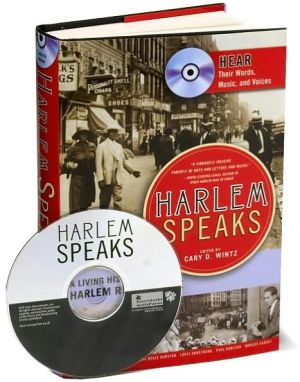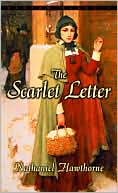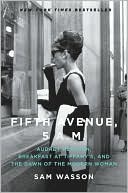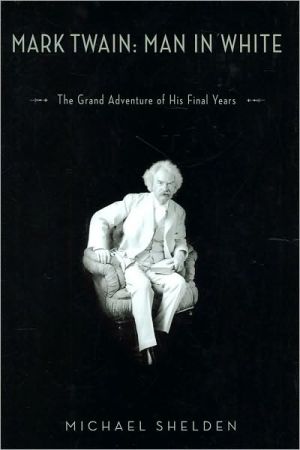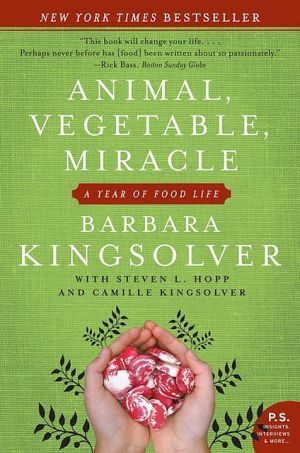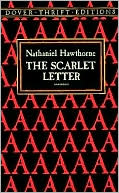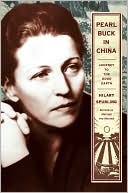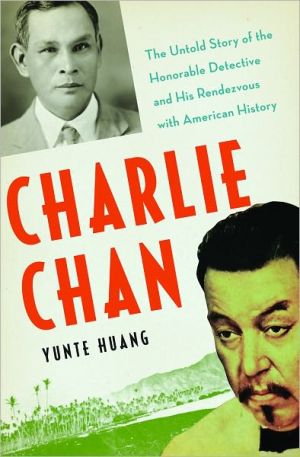Harlem Speaks: A Living History of the Harlem Renaissance
Harlem Speaks showcases the lives and works of the artists, writers and intellectuals behind the stunning outburst of African American culture in the three decades after World War I. In the tradition of the New York Times bestseller Poetry Speaks, the book combines each subject's key works with biographical and critical essays by leading Harlem Renaissance authority Cary Wintz and other experts. The integrated audio CDs feature music, poetry and literary readings, interviews, radio...
Search in google:
A living history in the words, poetry and music of the participants.William Gargan - Library JournalWintz (history, Texas Southern Univ.; The Harlem Renaissance: A History and an Anthology) has assembled a diverse collection of biocritical essays on artists, writers, and intellectuals whose lives and works greatly influenced African American culture in the three decades following World War I. Those covered include writers (e.g., Langston Hughes), musicians (e.g., James Hubert "Eubie" Blake), artists (e.g., Romare Bearden), stage performers (e.g., Josephine Baker), and civil rights leaders (e.g., Asa Philip Randolph). Contributing scholars, experts in their fields, do an excellent job of tying their respective subject's accomplishments to the overall aims of what became known as the Harlem Renaissance, which remains best known for its contributions in literature. Wintz provides background essays on Harlem, NY, and the movement as well as introductions to each of the book's six sections. One advantage this work has over its competitors is that it includes a CD featuring speeches, poetry, music, never-before-released interviews, and radio broadcasts; another is its price, a real bargain compared with the Encyclopedia of the Harlem Renaissance, also by Wintz, which costs $325. Recommended for public and academic libraries.
Part 1\ Harlem and the Harlem Renaissance\ Contemporary Art at the Museum of Fine Arts, Houston. Over the past four years she has curated five significant exhibitions-"The Quilts of Gee's Bend;" "Something All Our Own: The Grant Hill Collection of African American Art;" "African Art Now: Masterpieces from the Jean Pigozzi Collection;" "Notes from a Childhood Odyssey: The Art of Kermit Oliver;" and "Thornton Dial in the Twenty-first Century and Gee's Bend: The Architecture of the Quilt." She is currently completing a book on African American artist Charles Alston and is continuing her research on African American artists of the southwest, the history of collecting African American art in the United States, and contemporary art in East Africa.\ M. Genevieve West is an Associate Professor of English at Ferris State University, where she teaches African American, Native American, and women's literatures. Her essays and bibliographic work on Zora Neale Hurston have appeared inWomen's Studiesand Analyticaland Enumerative Bibliography. Herstudy of Hurston's changed reputation, Zora Neale Hurston and American Literary Culture, appeared in 2005.\ Cary D. Wintz is a professor in the History Department of Texas Southern University in Houston. He is the author or editor of numerous books on the Harlem Renaissance and African American history, including Black Culture and the Harlem Renaissance and, with Paul Finkelman, Encyclopedia of the Harlem Renaissance. He is currently working on two projects, the Encyclopedia of African American History, 1896 to the Present, and a historical dictionary of the Harlem Renaissance.\
Part I Harlem and the Harlem Renaissance1. Harlem, 1910 to 1945.Cary D. Wintz2. The Harlem Renaissance: An Overview.Cary D. WintzPart II To Make A Poet Black: Literature of the Harlem RenaissanceIntroduction, Cary D. Wintz3. Langston Hughes, Arnold Rampersad4. Countee Cullen, Lorenzo Thomas 5. Nella Larsen, George Hutchinson 6. Claude McKay, Tyrone Tillery7. Zora Neale Hurston, Genevieve West8. Richard Wright, Amritjit SinghPart III The Jazz Age: Music and Musicians of the Harlem RenaissanceIntroduction, Cary D. Wintz9. Eubie Blake, Terry Waldo10. Bessie Smith, Chip Deffaa11. Louis Armstrong, Dan Morgenstern12. Duke Ellington, Andrew Rowen13. Ethel Waters, Gene JonesPart IVArt and Image in the Harlem Renaissance: The Visual and Performing ArtsIntroduction, Cary D. Wintz14.Aaron Douglas, Amy Kirschke15.Jacob Lawrence, Alvia Wardlaw16.Romare Bearden, Abdul Goler17.Josephine Baker, Asli TekinayPart V Art and Politics: The Renaissance Men of the Harlem RenaissanceIntroduction, Cary D. Wintz18. W.E.B. Du Bois, Kevin L. Gaines19. James Weldon Johnson, Anne E. Carroll20. Paul Robeson, Paul FinkelmanPart VI The New Negro: Politics and Criticism in the Harlem RenaissanceIntroduction, Cary D. Wintz21. Marcus Garvey, Claudrena N. Harold and Robert A. Hill22. Alain Locke, Martha Jane Nadell23. A. Phillip Randolph, William Harris
\ From Barnes & NobleJames Weldon Johnson called it "the flowering of Negro literature," but the Harlem Renaissance truly blossomed in numerous fields. This remarkable book and the two accompanying CDs brings the breakthrough work of writers, poets, critics, political leaders, artists, performers, and musicians into readers' homes. Among the talents featured are Langston Hughes, Zora Neale Hurston, Richard Wright, Bessie Smith, Paul Robeson, Louis Armstrong, Josephine Baker, Duke Ellington, Marcus Garvey, Countee Cullen, and W.E.B. Du Bois. A historic outpouring of creativity.\ \ \ \ \ Library JournalWintz (history, Texas Southern Univ.; The Harlem Renaissance: A History and an Anthology) has assembled a diverse collection of biocritical essays on artists, writers, and intellectuals whose lives and works greatly influenced African American culture in the three decades following World War I. Those covered include writers (e.g., Langston Hughes), musicians (e.g., James Hubert "Eubie" Blake), artists (e.g., Romare Bearden), stage performers (e.g., Josephine Baker), and civil rights leaders (e.g., Asa Philip Randolph). Contributing scholars, experts in their fields, do an excellent job of tying their respective subject's accomplishments to the overall aims of what became known as the Harlem Renaissance, which remains best known for its contributions in literature. Wintz provides background essays on Harlem, NY, and the movement as well as introductions to each of the book's six sections. One advantage this work has over its competitors is that it includes a CD featuring speeches, poetry, music, never-before-released interviews, and radio broadcasts; another is its price, a real bargain compared with the Encyclopedia of the Harlem Renaissance, also by Wintz, which costs $325. Recommended for public and academic libraries.\ —William Gargan\ \ \ School Library JournalGr 9 Up-After establishing historical context with essays on the arts, events, locations, and major issues of the Harlem Renaissance, this volume continues with a meaty collection of biographical essays on 21 major figures of the period. Arranged into categories of literature, music, visual and performing arts, and politics, the subjects include Langston Hughes, Countee Cullen, Zora Neale Hurston, Duke Ellington, Ethel Waters, Aaron Douglas, W. E. B. DuBois, James Weldon Johnson, Paul Robeson, Marcus Garvey, and others. The articles are written by scholars and professors, whose credentials are noted in some detail. The writing is consistently clear and engaging, supplying plentiful detail and easily understandable analyses of intriguing innovators in a uniquely exciting and volatile place and time. Individual audio tracks, cued in the text by "Audio Callout," include music, literary readings, interviews, and radio broadcasts. This primary-source material adds powerful and immediate impact and creates the "Living History" of the subtitle. Black-and-white photos, most from the New York Public Library's Schomburg Center for Research in Black Culture, are well captioned and informative. The visual and auditory impact of this title, paired with an in-depth, accessible text, makes it a good choice for browsing or research.-Joyce Adams Burner, Hillcrest Library, Prairie Village, KS Copyright 2006 Reed Business Information.\ \
